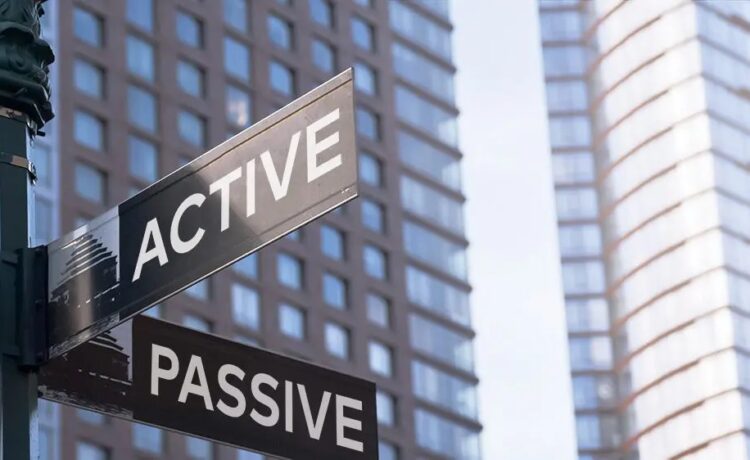Passive real estate investing is a strategy involving the buy, hold and rent of real estate to generate income without actually being involved in the day-to-day property management. Free from all the headaches that come with managing property, this passive investing strategy allows investors to purchase properties then maintain and manage them for profit. Passive real estate investing offers a stable form of investment for those who are not interested in buying and selling houses every few years but instead want steady returns over decades. Some people choose to do passive real estate investing as an exit or retirement plan, which can be done on a smaller scale rather than paying off debts or quitting your job altogether.
How does Passive real estate investing work?
Active real estate investors purchase properties, fix them up and find tenants to pay for the mortgage, tax, utility bills, and maintenance. They usually hire a property manager to handle the property until it is sold. Passive real estate investing is less hands-on but still requires work. Buyers still have to do extensive research before buying a property; they need to know how much they can borrow, how much the rent will be, and if there are any special property taxes in place, as with active real estate investing, passive real estate investors do not need previous experience or financial expertise.
When done right and carefully, passive real estate investing is an excellent long-term investment strategy that can yield strong returns over time and has the potential to pay off as an exit strategy in a couple of years.
Passive real estate investing allows investors to create significant wealth by returning their money by owning property.
What are the pros of Passive Real Estate Investing?
- Passive investments require less upkeep and management than active ones.
- Stable cash flow from rents over the long term ensures security for those who depend on passive income.
- Property is a tangible asset that can be used as collateral for a loan.
- Financing options are more available for the investor to borrow money from a bank, family, or friends to buy the property rather than just cash on hand.
- A long-term investment strategy that yields a secure and stable income.
What are the Drawbacks of Passive Real Estate Investing?
- It is less hands-on than active real estate investing, which can turn some investors off.
- Interest rates play a significant factor in investment property return.
- There is still some risk involved in passive real estate investing; should the property post a loss or mortgage defaults, there won’t be any monthly income until another tenant is found.
- Passive real estate investing should be approached with caution as it’s one of the riskier investment strategies.
How do I start passive real estate investing?
- Decide if you want to be a long-term property owner or a landlord.
- Choose your market
- Research various properties for sale in your area.
- Then access the information on buying an investment property from a financial advisor, realtor, or private lender.
- If you want to continue passive real estate investing, like any other kind of investment, you should consider things before signing any documents.











